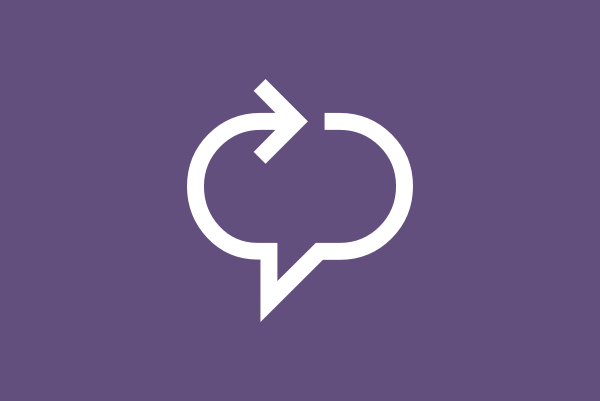Go async-first with your team
Use the filters below to find async-first methods that are relevant to your team. For detailed articles, check out the blog.
Make your standup async
If all you want to share is a “yesterday, today, blockers” update, you don’t need a standup meeting.
Festina lente
There’s an expression in Latin - festina lente. It means “make haste slowly”. We optimise for speed in software development. Deep work is often the casualty in this quest for speed. Slowing things down through writing has several benefits.
Revisit your workflow statuses and transitions
Most project management tools allow you to define a workflow for your team and visualise that workflow as a task board. When you revisit your workflow be careful not to design for the exceptions and worst-case scenarios.
Make the task-board the central communication tool
Most project management tools allow you to define a workflow for your team and visualise that workflow as a task board. Your task board should be the source of truth for all the work your team is up to.
Write a team API
Broadcast how your team will interact with other teams, using a TEAM API.
Make "async-first" part of your vocabulary
This play has examples of how you can bring the phrase “async-first” into everyday conversation, by making it a catchphrase.
“Go DEEP” with artefacts
Distributed projects are chaotic to run without artefacts. The DEEP acronym provides you a mnemonic to remember what to document.
A WUCA approach to complexity
Complex topics need time to understand and to engage with. WUCA outlines a team approach to deal with complex discussions.
Team values workshop
Identify your team values using a short, one hour workshop. By the end of this exercise, you’ll have a list of values and rough notes about what they mean to you.
Channels and response times
Agreeing on response times for various collaboration tools and channels that you use on the team is important.
Write your ways of working
Writing up your team’s ways of working wrt collaboration, the environments, tools and project metrics is a good start.
Write a handbook
Project handbooks are a fast and effective way to align the team, share knowledge and onboard people.
Codebase README
A great place to document the static/stable stuff on the project is right in the codebase, in a good, old README file, at the top level of your project folder.
Study the pioneers
Learn from the industry pioneers like Gitlab, Automattic, BaseCamp, Doist about asynchronous work.
Build the reading habit
Build the reading muscle, start with anything that interests you. It’ll help you get more productive with your asynchronous work experience.
Take the writing course
Writing is the number one async and remote superpower. How about you hone that craft?

















